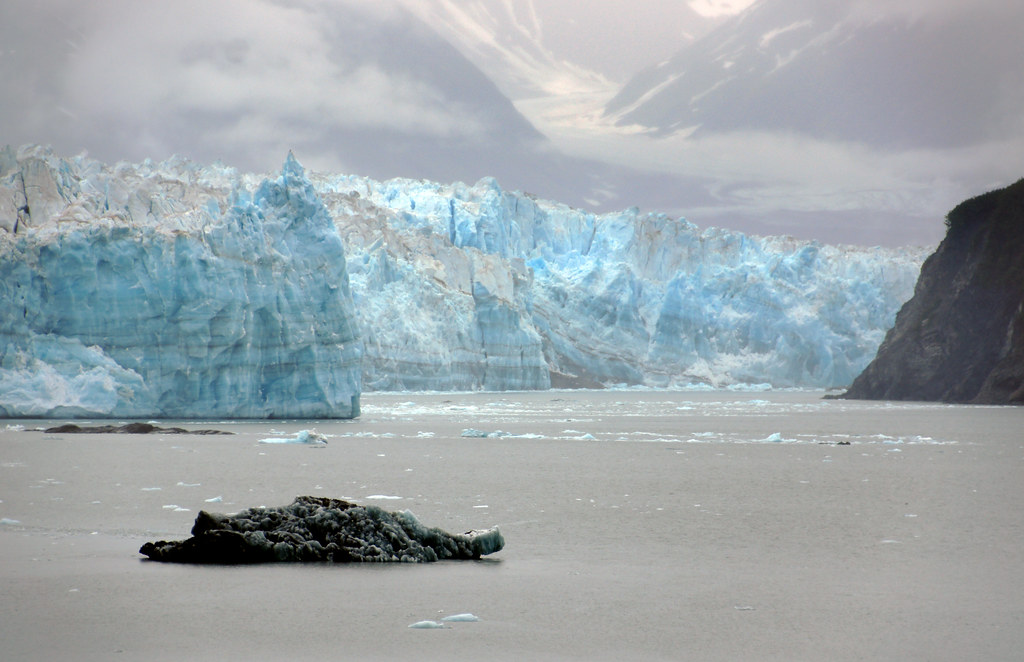Climate Change – A Pronounced Polar Problem
By Cameron Sweeney
As temperatures rise and the Earth begins to warm due to climate change, one of the areas most touched by the hand of climate change are the glaciated regions in Antarctica. Temperatures are increasing in this region at an alarming rate, approximately six times the global average. Air temperatures have increased by 2.5°C from 1950-2000. Rapid warming in these areas of dense glaciation (covered by glaciers- sheets of ice) began in the 1930s.
What effect does this rapid warming have on the glaciated regions of Antarctica?
Rapid warming causes ice shelves (a sheet of ice attached to a land mass) to melt away at an alarmingly quick rate. There is also evidence that glaciers are shrinking in size, Dr Allison Cook, who studies glaciers, found that 87% of the glaciers found around the Antarctic Peninsula (an area of land surrounded by water) are shrinking in size. This melting of large quantities of ice causes global sea levels to rise.
What are the implications of glacial melting?
The main problem caused by the melting of glaciers in the rise in sea levels. Global sea levels rise approximately 3.66mm per year. In 2020, global sea levels saw a record high 91.33mm. Even a small increase in global sea levels can have a catastrophic effect. Some of the damaging effects caused by global sea level rising includes:
- loss of coastal habitats
- destructive erosion
- wetland flooding
- farmland soil contamination
- flooding and storm surges
- loss of coastal residences
So, how can we slow the rate of glacial melting?
Aggressive glacial melting is a direct cause of climate change. To combat climate change, the rate ozone depletion must be slowed down to a level where the Earth is no longer rapidly warming. One way to reduce ozone depletion is to reduce our overall carbon footprint. Carbon footprints are a measure of the amount of CO2 we release into the atmosphere which causes ozone depletion. So, if we reduce our overall carbon footprint we have a fighting chance to reduce the damage to glacial regions. However to many, the damage is already done.
sources-
https://www.nationalgeographic.com/environment/article/sea-level-rise-1#:~:text=Consequences,fish%2C%20birds%2C%20and%20plants.
https://royalsociety.org/topics-policy/projects/climate-change-evidence-causes/question-14/#:~:text=Long%2Dterm%20measurements%20of%20tide,(0.14%20inches%20per%20year).


